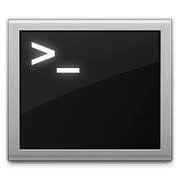I’m a bit late this month, but here we go, these are the top 7 of the most read articles from Linuxaria in the month of October, it’s your opportunity to read them if you missed them during last month. 7 – Logcheck: why I love you If you have a server, you probably would […]
Article by Jay Turla first published on infosecinstitute
A lot of sniffers, rootkits, botnets, backdoor shells and malwares are still on the wild today, which are used by malicious attackers after successfully pawning a certain server or any live network in order to maintain their access, elevate their access privilege, and spy other users in a network. In order to protect our network or server from such intrusions and further damage, there are free and open source detection tools that can be deployed and used as part of our security strategy. They are mandatory when our server or network is up and running, especially if a certain user is downloading a file which could possibly be malicious or harmful.
The advantage of using free and open source detection tools is that you obviously don’t need to pay a single penny and that tutorials are very easy to get and understand because manuals are included which are usually named as README so be sure to RTFM (Read the F****** Manual).
Here are some tools which could be of use to you guys
Continue reading »


